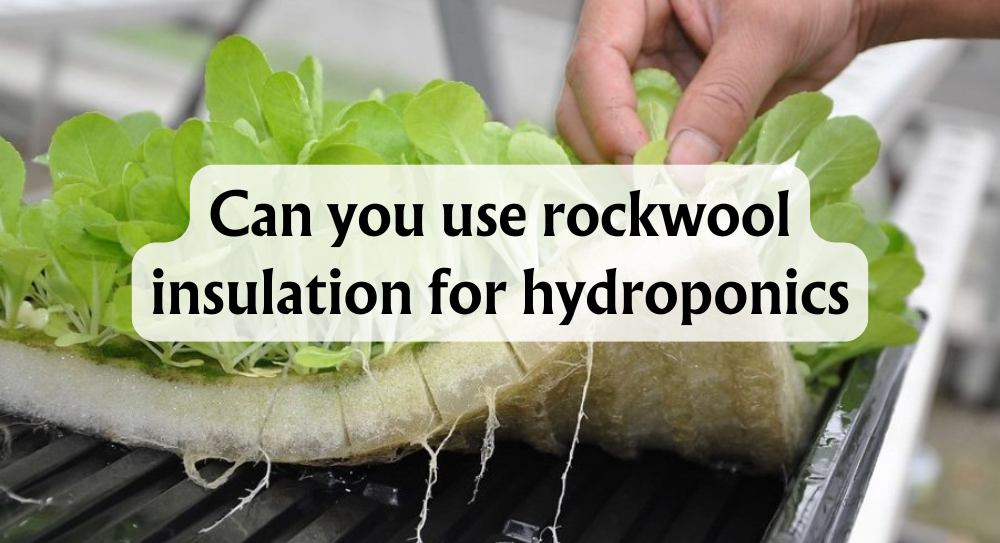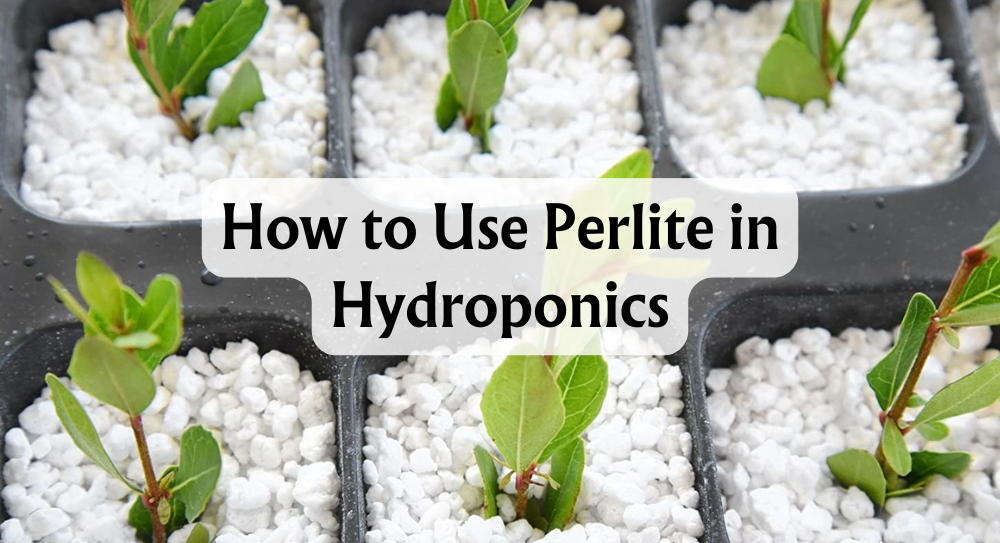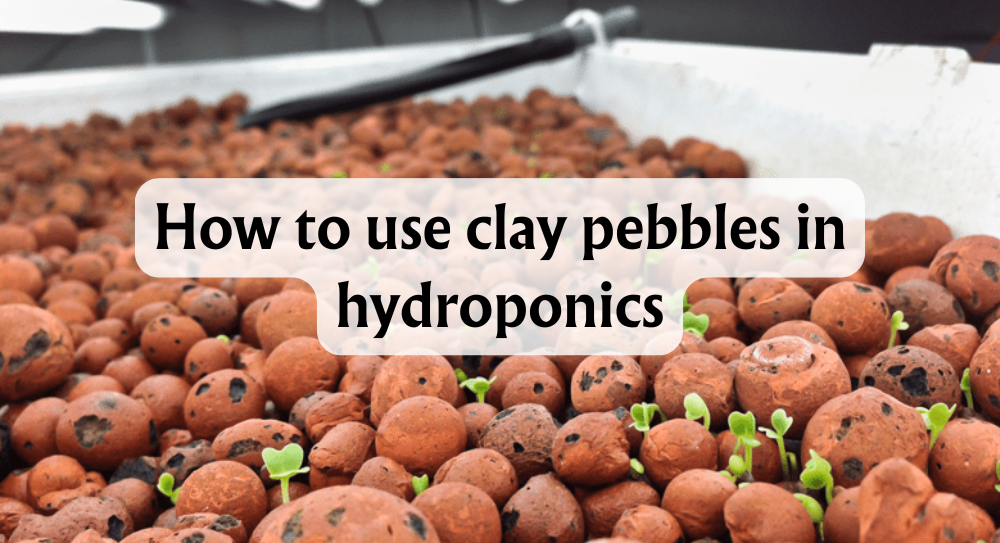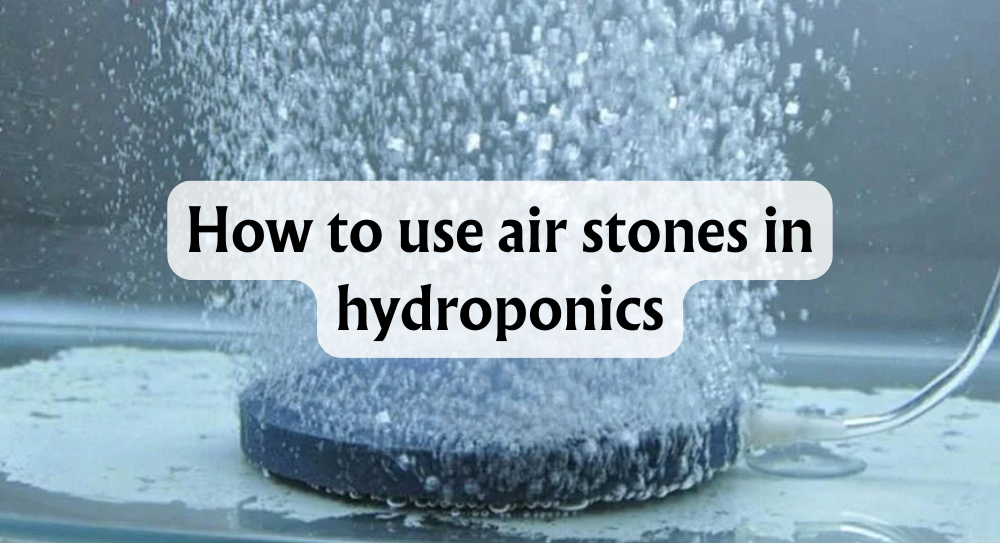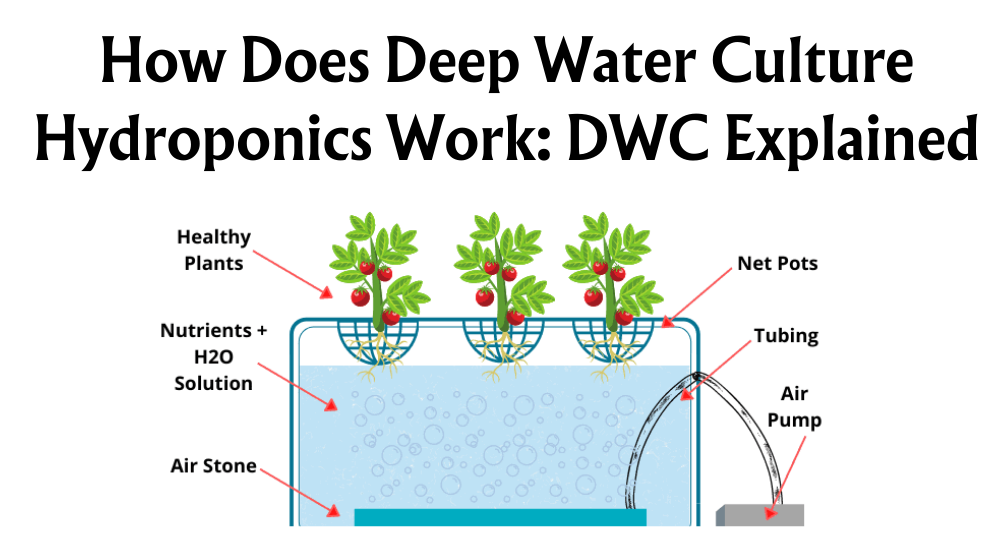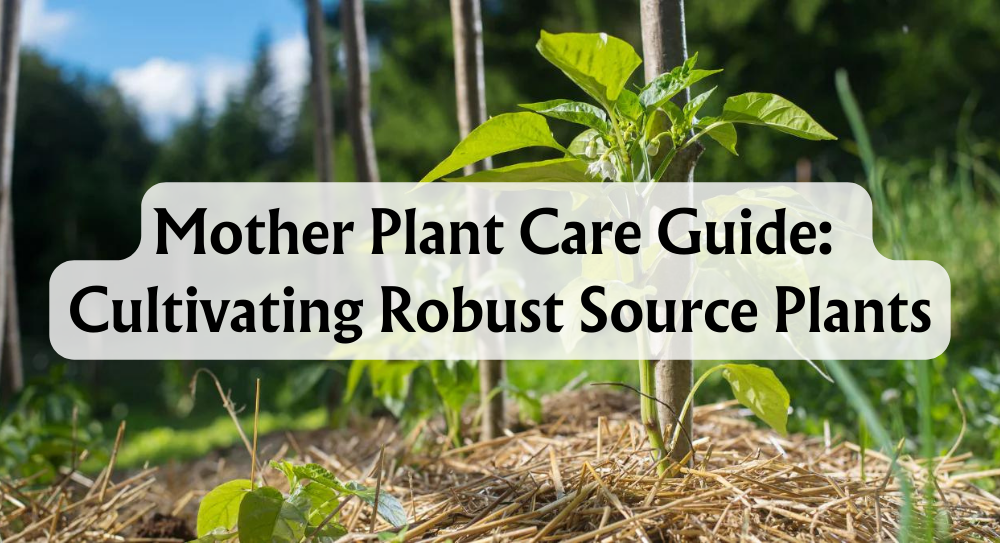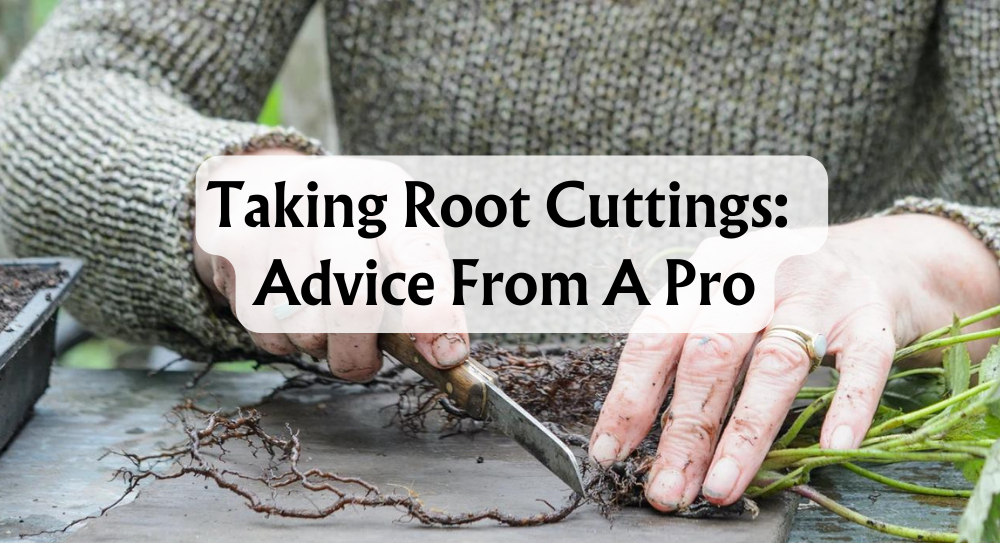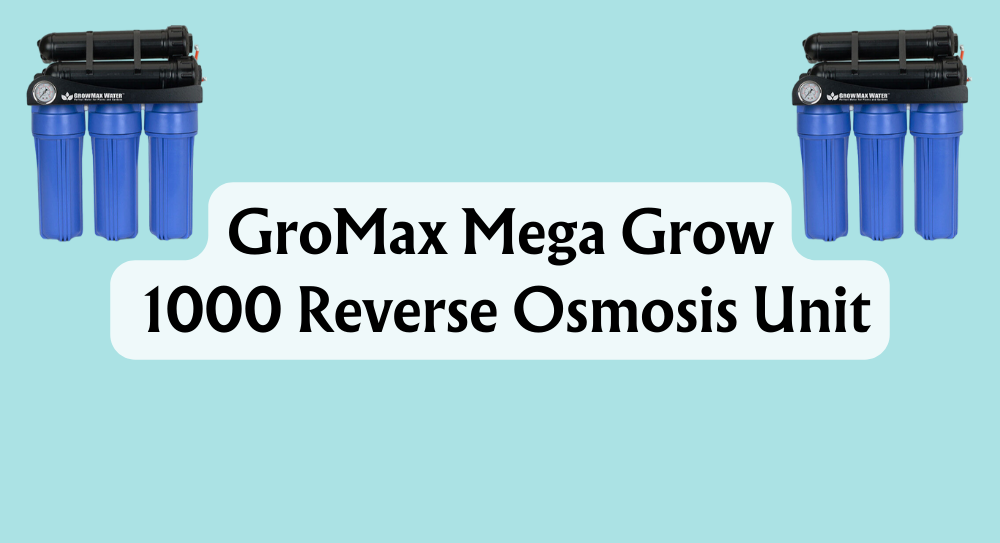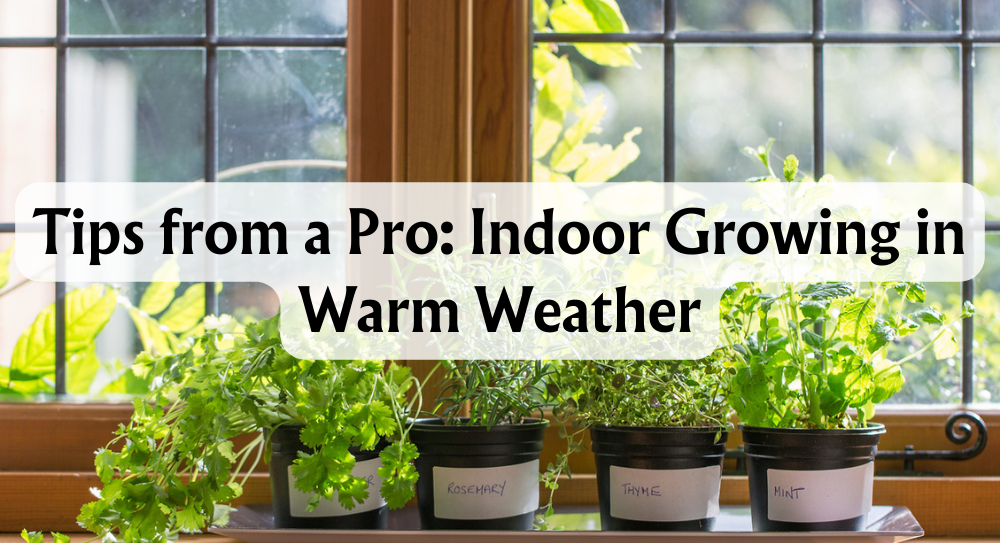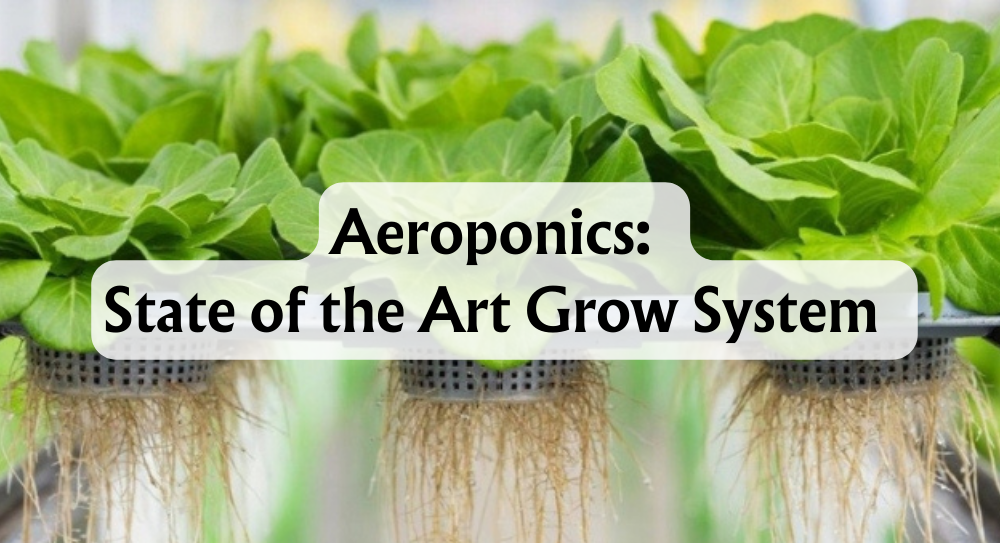Ever found yourself wondering what makes hydroponics so appealing? Hydroponics revolutionises gardening by replacing soil with a nutrient-rich water solution, providing plants with everything they need directly to their roots. This method can save time and space, making it an attractive option for city dwellers and avid gardeners alike. Among the questions we often encounter is whether rockwool insulation, typically used for construction, can serve a dual purpose in hydroponic systems.
Rockwool insulation is a material made from molten rock spun into fibres. It boasts excellent water retention and aeration properties, which are crucial for the healthy growth of plants. Yes, rockwool insulation can indeed be used in hydroponics. Many hydroponics enthusiasts consider it a viable option due to its availability and cost-effectiveness. Our exploration into this topic will shed light on ways to prepare and use rockwool for your hydroponic needs, providing tips and insights to enhance your gardening experience.
In the coming sections, we'll guide you through essential aspects of using rockwool insulation in hydroponics. From preparation procedures to practical application tips, our detailed insights will arm you with the knowledge needed to optimise your hydroponic system. Get ready to dive into the possibilities and discover how this versatile material can transform your gardening approach.
Key Takeaways
- Rockwool insulation can be effectively used in hydroponics.
- It retains water well and provides excellent aeration for plant roots.
- Preparation includes cutting and soaking rockwool before use.
What Is Rockwool Insulation
Rockwool insulation is a fascinating product that's crafted from mineral wool. Its origin stems primarily from molten basalt rock and recycled slag, a by-product of metal smelting. These materials are transformed into fine fibres through a process that involves high-temperature spinning.
Composition:
- Basalt Rock: A volcanic rock known for heat resistance.
- Recycled Slag: Repurposed from metal smelting processes.
What makes Rockwool unique is its capability to deliver exceptional thermal, acoustic, and fire protection. These qualities make it a sought-after choice in the construction industry. An incredible thing about Rockwool is its texture and appearance, closely resembling the version used for hydroponics yet distinct due to different chemical additives and properties.
In construction, we see Rockwool used extensively. It acts as a barrier against heat transfer and sound, while also providing fire resistance. This makes it invaluable in protecting buildings, enhancing their safety and comfort.
Consider this table for a quick look at Rockwool's attributes:
| Property | Description |
|---|---|
| Origin | Basalt rock, recycled slag |
| Texture | Fibrous, dense, and wool-like |
| Applications | Thermal, acoustic, and fire protection |
These characteristics explain why Rockwool is favoured by professionals wherever robust insulation is required.
What Does Rockwool Insulation Do
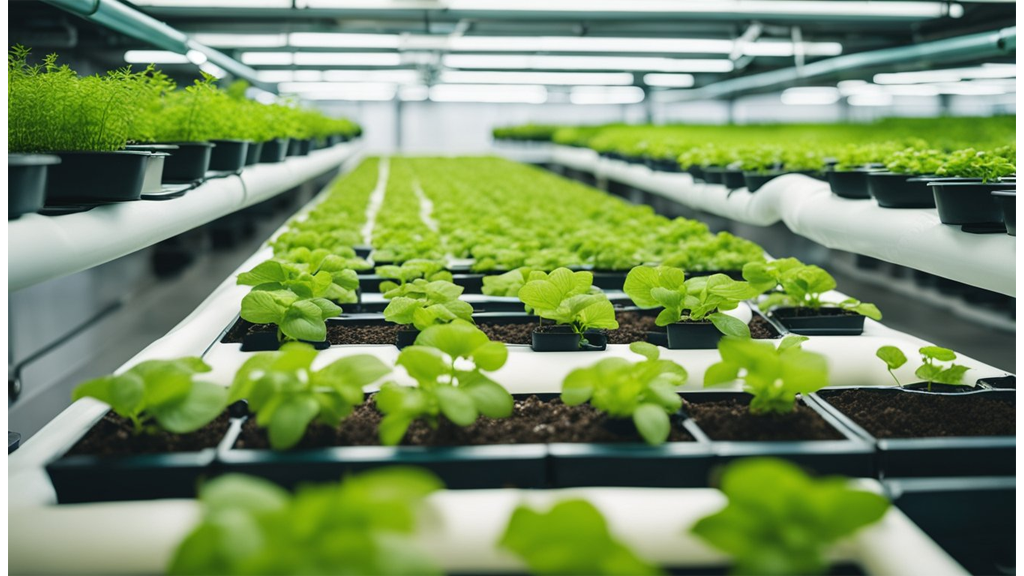
Rockwool insulation has multiple functions that enhance both building performance and occupant comfort. First, it excels as a thermal insulator. It helps regulate indoor temperature by reducing heat transfer, which can lead to significant energy savings. Regulating temperature also helps in maintaining comfortable living conditions within the building.
In terms of fire resistance, Rockwool insulation is highly effective. It can withstand temperatures up to 1000°C, limiting flame and smoke spread. This quality boosts building safety and offers peace of mind in fire-prone areas.
Another noteworthy feature is sound absorption. Rockwool is an excellent sound barrier. By reducing noise transmission, it creates a quieter environment, whether it's for a home, office, or workspace. This is particularly beneficial in urban areas or buildings with high noise levels.
Rockwool's role extends beyond temperature and sound. It also provides improved air circulation and excellent water retention properties. When used in hydroponics, it supports plant growth by balancing moisture and aerating roots, ensuring optimal plant health.
Being an inorganic material, Rockwool is resistant to mould and rot, ensuring longevity and durability in various applications. These attributes make it a valuable choice for both construction and gardening needs.
In summary, Rockwool insulation serves multiple purposes. From enhancing thermal performance and safety to aiding plant growth, its versatility makes it a popular choice among many users.
Why Use Rockwool Insulation In Hydroponics
We find Rockwool insulation to be a practical choice for hydroponic horticulturists looking to save on costs. It's cheaper and easily available at most hardware stores, making it a more accessible option compared to hydroponic-specific Rockwool.
Benefits of using Rockwool insulation are numerous. It offers excellent support for plant roots, ensuring stability and promoting robust root growth. By facilitating efficient delivery and retention of water and nutrients, it supports optimal plant growth in vegetables, flowers, herbs, and fruits.
Rockwool also helps with root health due to its superior aeration properties. This enhances oxygenation of the root zone, a critical factor for effective hydroponic systems. Additionally, it influences the pH and electrical conductivity (EC) of the nutrient solution, vital for nutrient uptake.
One key advantage is its ability to insulate the hydroponic system from temperature fluctuations. Rockwool not only keeps root temperatures stable, safeguarding root growth and plant development, but it also absorbs noise from pumps and fans, making our growing environment more pleasant.
Furthermore, Rockwool insulation's resistance to fire hazards adds an extra layer of safety to our hydroponics setup. By choosing Rockwool insulation, we optimise our hydroponic systems for both growth and sustainability, ensuring our plants thrive under various conditions.
Preparing Rockwool Insulation For Hydroponics
When we prepare Rockwool insulation for hydroponic growing, the first step is cleaning. We need to ensure it's free from any dirt, dust, or chemical additives. This involves washing the Rockwool in hot water or a mild bleach solution to remove impurities that might clog pores and disrupt nutrient flow. Doing so maintains a sterile environment, crucial for plant health.
Next, we focus on soaking Rockwool. Its high pH and low water-holding capacity can be adjusted by soaking the material. We typically immerse Rockwool in water with a pH level between 5.5 and 6.5 for at least 24 hours. This step is essential to saturate the material and stabilise pH, benefiting germinating seeds and sprouting.
Buffering is also vital. Given Rockwool's high cation exchange capacity, we use a solution of calcium nitrate and magnesium sulphate to fill CEC sites. This prevents nutrient lockout, ensuring that essential nutrients like calcium, magnesium, and potassium remain available to the plants. It’s all about maintaining that perfect nutrient balance.
To tackle potential pathogens, sterilisation is crucial. We either employ a fungicide solution or heat treatment, which effectively kills bacteria or fungus that could harm the system. This keeps the hydroponic environment sterile, promoting healthy growth.
Lastly, consider the size of the Rockwool slabs. We break them into smaller pieces or cubes to fit our hydroponic setups and accommodate plant roots properly. This flexibility enhances propagation and transplanting seedlings when needed, making the hydroponic journey smoother for us.
How To Use Rockwool Insulation In Hydroponics
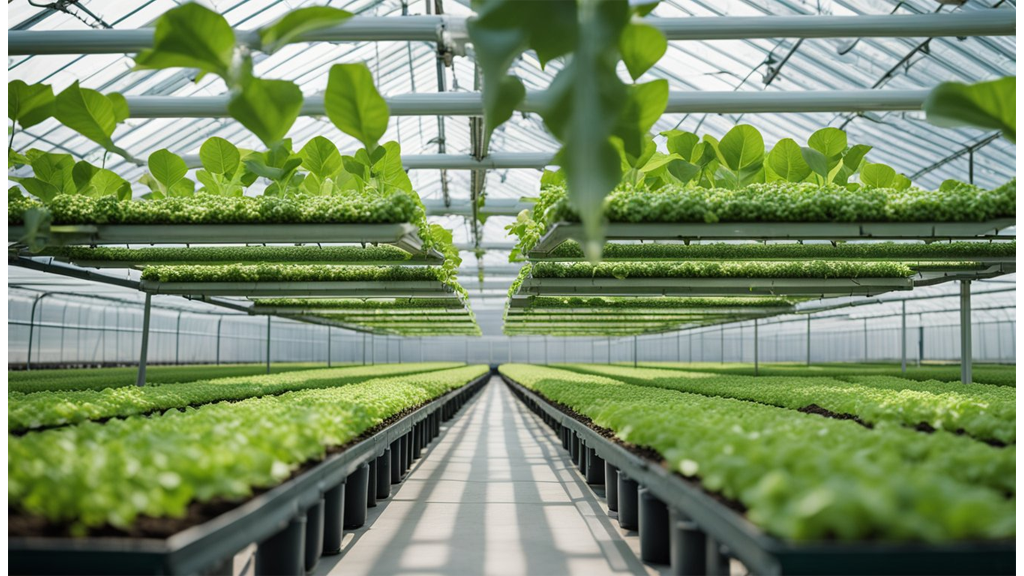
Using Rockwool insulation in a hydroponic setup can be quite straightforward with a few guidelines. Let’s start by discussing its role as a growing medium. This material provides excellent water retention while allowing for adequate aeration, making it a sound choice for seedlings or cuttings.
Planting
When planting, we insert seeds or cuttings into small holes in the Rockwool cubes. For mature plants, these cubes can be placed in net pots or trays with lids for stability. This arrangement makes sure that roots have enough room to grow and receive nutrients efficiently.
Watering
Rockwool's water-holding capacity is remarkable. Yet, it drains rapidly, so we need to maintain an appropriate moisture level. Depending on the system and environmental conditions, consistent watering is essential. Using a moisture meter can help ensure precise water control.
Fertilising
It's crucial to use a balanced nutrient solution as Rockwool doesn’t naturally contain nutrients. Monitoring the nutrient balance with a meter can prevent deficiencies. Regular checks make sure that plants in Rockwool receive all the essential elements for healthy growth.
Monitoring
Let’s not forget monitoring! Signs of compaction or contamination should be addressed promptly. Visual inspections or diagnostic tools can be invaluable for identifying issues that may affect nutrient uptake or plant health.
Transplanting
Transplanting from Rockwool to another system is relatively simple. It allows us to move plants seamlessly, either within hydroponics or to soil-based setups. Ensuring plants adjust by gradually altering their environment helps prevent transplant shock.
With attention to these details, Rockwool can be an efficient growing medium in our hydroponic gardening endeavours.
Further Consideration For Rockwool Insulation Use
When using Rockwool insulation in hydroponic gardening, there are key factors we need to keep in mind. Environmental impact is a primary concern. Rockwool is non-biodegradable, meaning it can persist in landfills if not disposed of properly. Recycling this material responsibly helps minimise waste and environmental damage.
Health and safety are also important. Although Rockwool does not contain asbestos, it may have chemical additives like formaldehyde. Handling it can sometimes irritate the skin or respiratory system, so wearing protective gear is advisable. This helps keep us safe while we handle it in our gardens.
Rockwool can be reused, but thorough cleaning is crucial to avoid issues like root rot or algae growth. Washing it with a mild dishwasher detergent can help remove any lingering plant residue. This makes it a practical option compared to other materials if managed correctly.
For those of us seeking sustainable alternatives, options such as coco coir, perlite, or vermiculite may be worth exploring. These materials offer varied benefits and can often be more environmentally friendly. They are free from harmful chemicals and provide a safe growing medium for our plants.
Lastly, consider the potential for bacteria growth. Rockwool's porous nature can harbour bacteria if not cleaned regularly. Monitoring moisture levels and maintaining clean conditions will help mitigate this risk. This ensures our hydroponic systems remain safe and productive for our gardening activities.
Conclusion
When it comes to using Rockwool insulation for hydroponics, there's quite a bit to consider. We've explored how this versatile material can be integrated into hydroponic setups, thanks to its excellent air retention and water absorption properties.
Advantages include its ability to regulate root temperature, which is crucial for plant health in fluctuating climates. It's the same fibrous material as hydroponic Rockwool, making it a suitable alternative when supplies are limited.
Precautions are key. Proper handling is necessary to prevent potential respiratory irritation. It's important to pre-soak and adjust the pH before use, ensuring optimal conditions for our plants.
For those facing availability issues, Coco Coir offers a practical alternative. By comparing both materials, we can make informed decisions about our hydroponic systems.
To summarise, integrating Rockwool insulation into hydroponics is feasible. However, we should remain vigilant about the specific needs and precautions involved. Whether it's using Rockwool or alternatives, the final choice hinges on your setup's unique requirements.







 Store Locator
Store Locator
